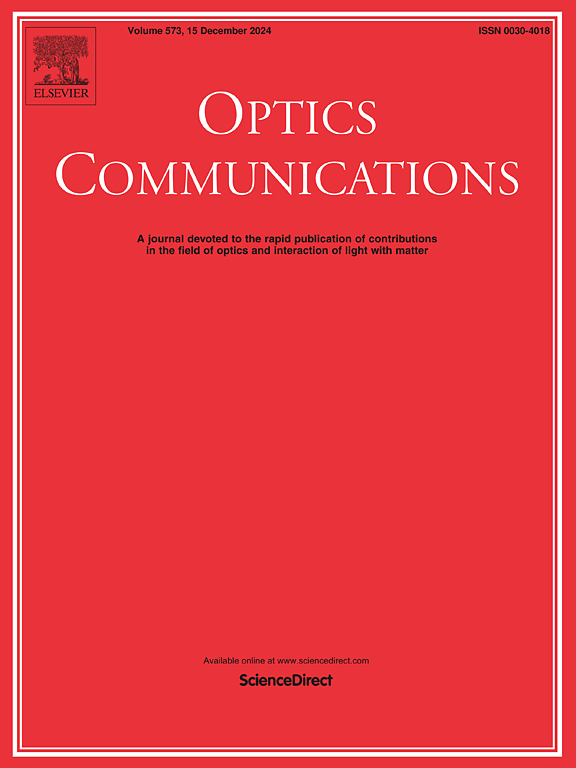Long-range fourier ptychographic imaging of the object in multidimensional motion
IF 2.2
3区 物理与天体物理
Q2 OPTICS
引用次数: 0
Abstract
Fourier Ptychographic (FP) is a cutting-edge technique for achieving high resolution in long-range imaging, holding significant research value. However, most of the research on FP has been limited to high-resolution imaging of stationary objects, considerably narrowing the scope of its applications. In real-world scenarios, the object may move in three dimensions and rotate during the image acquisition process. To address such scenarios, this paper proposes a method for achieving FP of the object in multidimensional motion using a single camera. Starting from the principles of Fourier optics and diffraction, the paper calculates the effects of an object's movement in different dimensions on the light field. The Fourier-Mellin algorithm is to be applied to deduce changes in the light field from captured intensity images and align all collected data under a chosen reference light field. During image reconstruction, we propose an additional phase retrieval algorithm that integrates total variation regularization to address aperture offset issues. The paper validates the proposed method's effectiveness through simulations and experiments. FP is successfully applied to objects in multidimensional motion. The method also doubles the imaging system's resolution.
对多维运动中的物体进行长距离傅立叶平片成像
傅立叶平片成像(FP)是实现远距离高分辨率成像的尖端技术,具有重要的研究价值。然而,有关 FP 的研究大多局限于静止物体的高分辨率成像,大大缩小了其应用范围。在现实世界中,物体可能会在图像采集过程中发生三维移动和旋转。针对这种情况,本文提出了一种使用单个摄像头实现多维运动物体 FP 的方法。本文从傅立叶光学和衍射原理出发,计算了物体在不同维度运动对光场的影响。傅立叶-梅林算法将用于从捕捉到的强度图像中推断光场的变化,并将所有收集到的数据与选定的参考光场对齐。在图像重建过程中,我们提出了一种额外的相位检索算法,该算法整合了总变化正则化,以解决孔径偏移问题。本文通过模拟和实验验证了所提方法的有效性。FP 成功应用于多维运动物体。该方法还将成像系统的分辨率提高了一倍。
本文章由计算机程序翻译,如有差异,请以英文原文为准。
求助全文
约1分钟内获得全文
求助全文
来源期刊

Optics Communications
物理-光学
CiteScore
5.10
自引率
8.30%
发文量
681
审稿时长
38 days
期刊介绍:
Optics Communications invites original and timely contributions containing new results in various fields of optics and photonics. The journal considers theoretical and experimental research in areas ranging from the fundamental properties of light to technological applications. Topics covered include classical and quantum optics, optical physics and light-matter interactions, lasers, imaging, guided-wave optics and optical information processing. Manuscripts should offer clear evidence of novelty and significance. Papers concentrating on mathematical and computational issues, with limited connection to optics, are not suitable for publication in the Journal. Similarly, small technical advances, or papers concerned only with engineering applications or issues of materials science fall outside the journal scope.
 求助内容:
求助内容: 应助结果提醒方式:
应助结果提醒方式:


